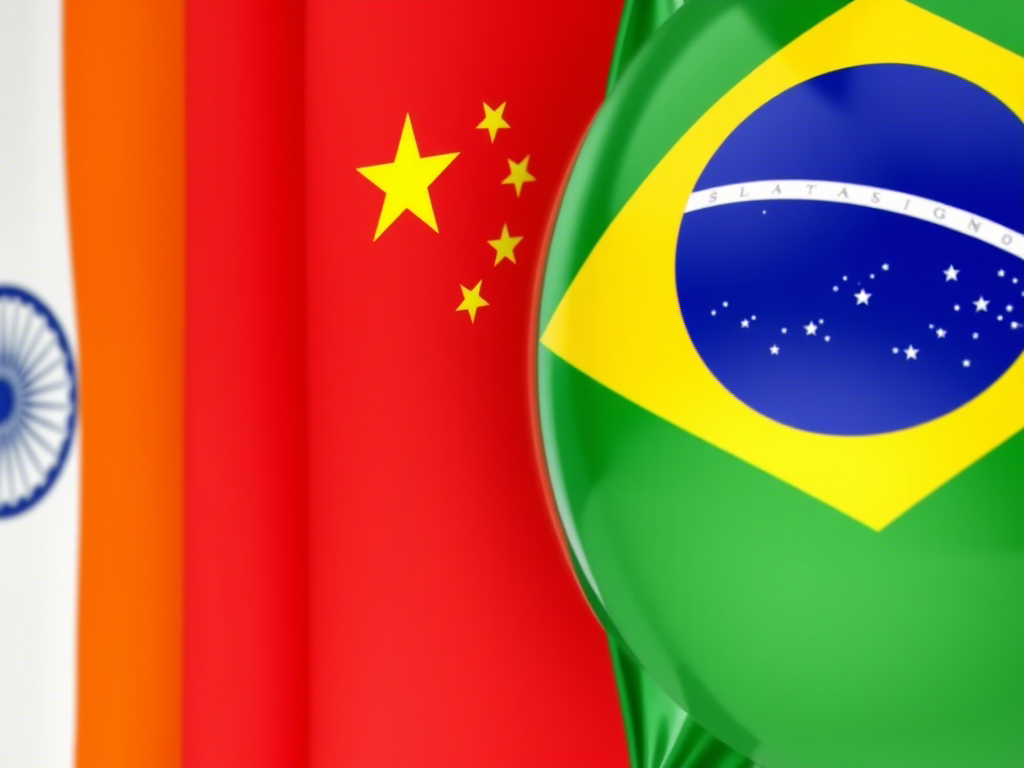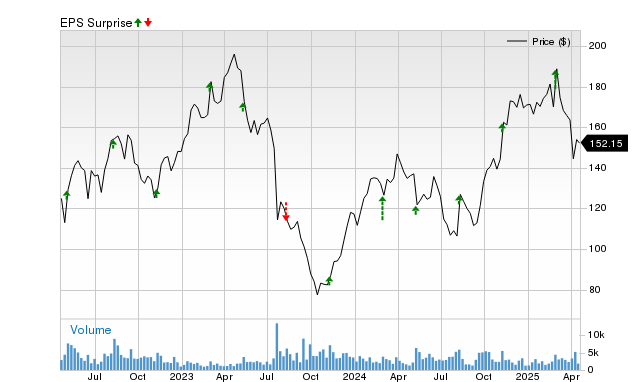Emerging Markets: The Safe Havens in a Global Trade War

The ongoing global trade war, fueled by high tariffs between major economies like the U.S. and China, is disrupting international markets. As developed economies battle supply chain issues, some emerging markets display resilience. Countries such as India, China, and Brazil are well-positioned to endure these disruptions due to their strong domestic consumer bases. As fears of recession grow, this article examines why these nations are emerging as potential safe havens for investors navigating a challenging global landscape.
Challenges for Developed Economies
Global trade conflicts have a larger impact on economies that are tightly integrated into international supply chains. Developed regions, particularly Europe, are significantly affected given their reliance on cross-border trade. For example, European manufacturers depend on imported parts, making them vulnerable to cost rises triggered by tariffs and potential delays.
As economic uncertainty looms, demand may decline, increasing the risk of an economic slowdown. The intricate connections between various sectors mean that trouble in one area can create widespread consequences, exacerbating the impact of trade restrictions across the continent.
The Advantage of Domestic Demand
Unlike developed nations, large emerging markets such as India, China, and Brazil benefit from substantial domestic consumer classes that provide support for economic growth. These countries can sustain activity even as global trade declines, in part due to their vast internal markets.
As the second-largest economy globally, China maintains a robust consumer base. Despite trade tensions with the U.S., its domestic market spans diverse sectors from technology to consumer goods, driving continued growth. Government initiatives aimed at fostering local consumption enhance this resilience.
In India, a population exceeding 1.4 billion is fueling demand across industries like retail, technology, and agriculture. India’s commitment to initiatives such as “Make in India” helps lower its reliance on international trade.
Brazil also enjoys a significant domestic market, particularly for its agricultural and industrial output. Being a major exporter of commodities, including soybeans and beef, Brazil can shift trade partners if necessary. Nevertheless, its domestic consumption offers a buffer against external economic shocks.
Shifting Focus from Production to Consumption
With recession fears looming, investment priorities are beginning to change. Historically, emerging markets were evaluated mainly on their production capacity—how much could be manufactured and exported. As global demand slows, a shift towards domestic consumption is taking place. Countries that can produce goods for internal markets are better insulated from global downturns. India, China, and Brazil are strong in this aspect due to their large populations fostering a self-sustaining economic cycle.
For instance, China’s retail sales have continued to thrive amid trade disputes, buoyed by government support and a growing digital marketplace. India’s consumer spending remains strong, driven by urban growth and rising incomes. Likewise, Brazil leverages its agricultural strengths to meet its domestic food needs, which helps mitigate the effects of global market disruptions.
Why India, China, and Brazil Are Catching Attention
In comparison to Europe, where economic health heavily hinges on exports, India, China, and Brazil demonstrate a greater degree of insulation. Their capacity to transition towards domestic markets gives these nations a level of resilience that many developed economies currently lack. These emerging markets are also less exposed to stagnation and inflation risks that threaten advanced economies, where growth stagnates while prices increase.
For investors, these markets present opportunities in consumer-centric sectors. In India, stocks in retail and technology could thrive as middle-class spending increases. China’s tech and e-commerce giants remain appealing, despite facing regulatory challenges. Brazil offers a chance to invest in agribusiness and consumer goods companies, which are likely to experience steady growth as domestic demand stays strong.
Understanding the Risks
While investing in emerging markets presents potential, it is not devoid of risks. India contends with bureaucratic inefficiencies and high inflation. China’s economic growth is impacted by geopolitical tensions and challenges in its property sector. Brazil faces political volatility and currency fluctuations. Nevertheless, the strength of their domestic consumption serves as a stabilizing factor, making these countries more attractive compared to those relying heavily on exports amid current uncertainties.
Continued Appeal in a Recessionary Climate
As global trade tensions escalate, emerging markets with strong domestic demand are proving to be safer investments. India, China, and Brazil not only sustain economic activity internally, but they also present a hedge against the vulnerabilities faced by developed markets like Europe, where supply chain disruptions are more acute. While risks remain, the shift towards prioritizing consumption over production amplifies the ongoing appeal of these growing economies amid a recessionary environment.
© 2025 Benzinga.com. Benzinga does not provide investment advice. All rights reserved.



